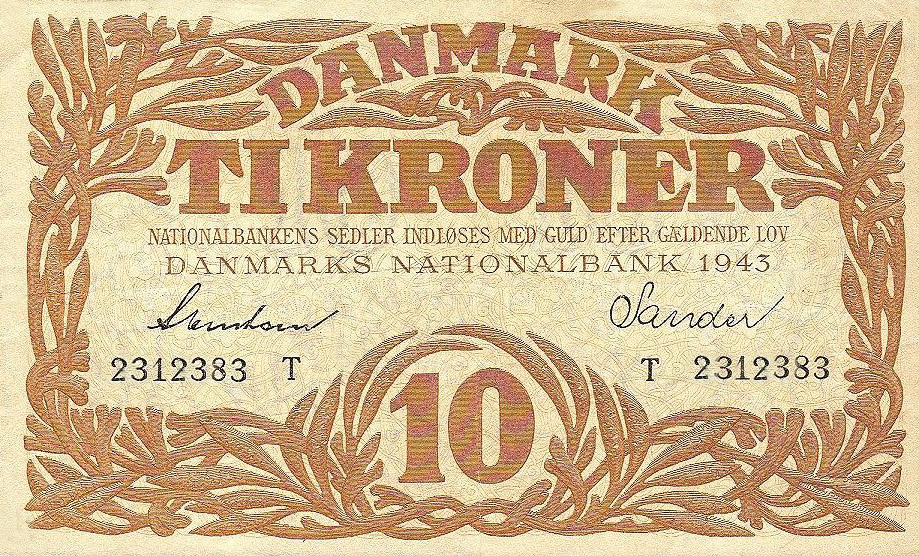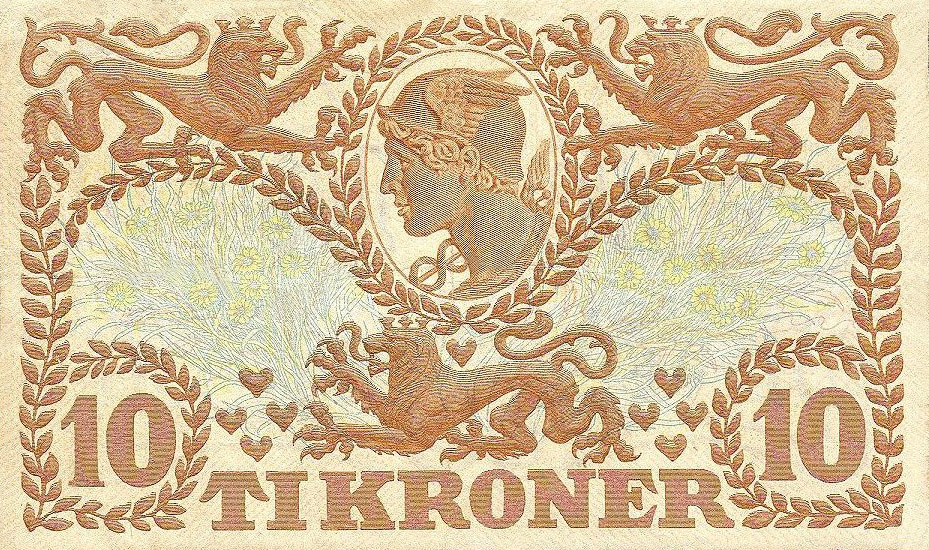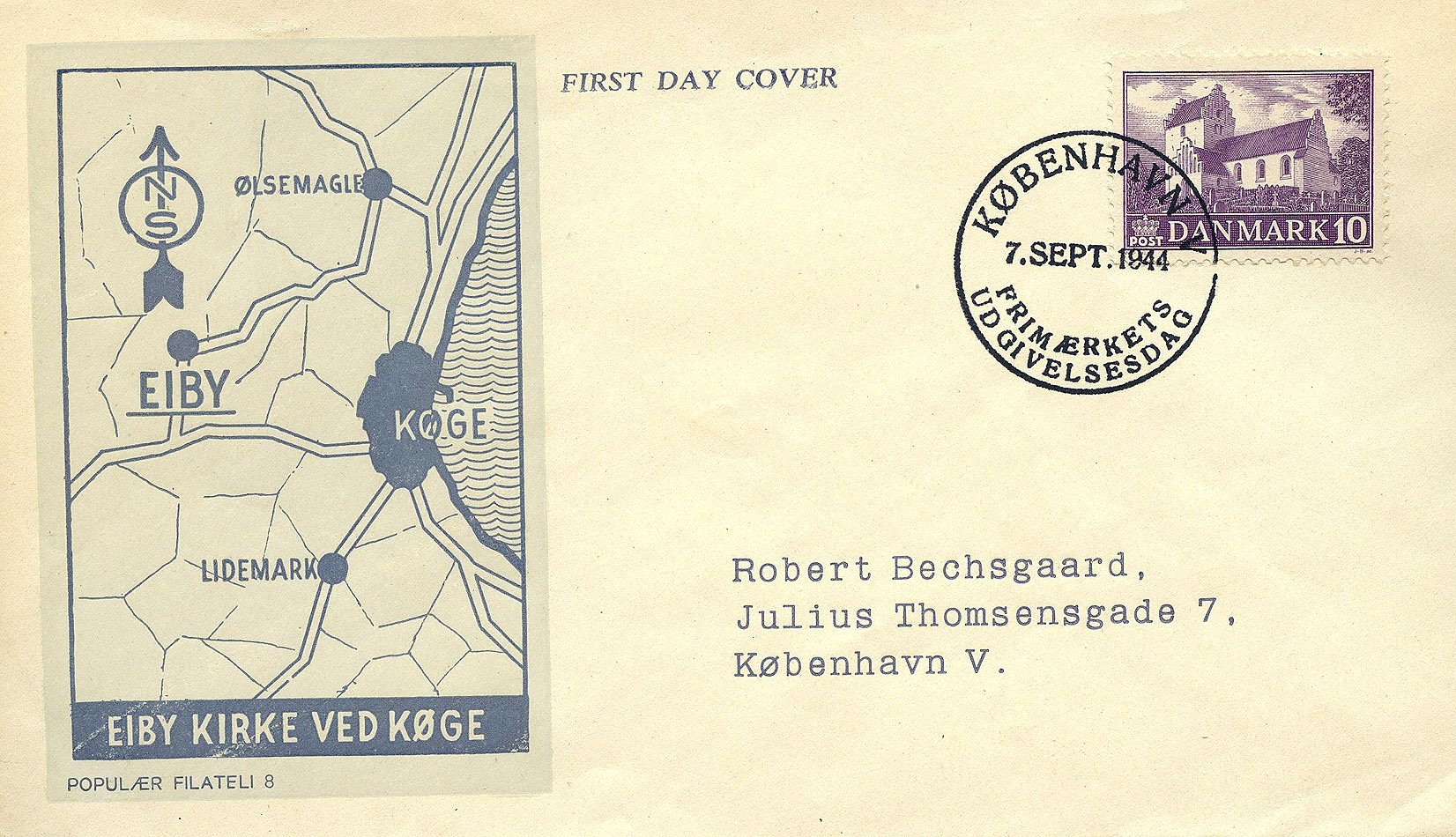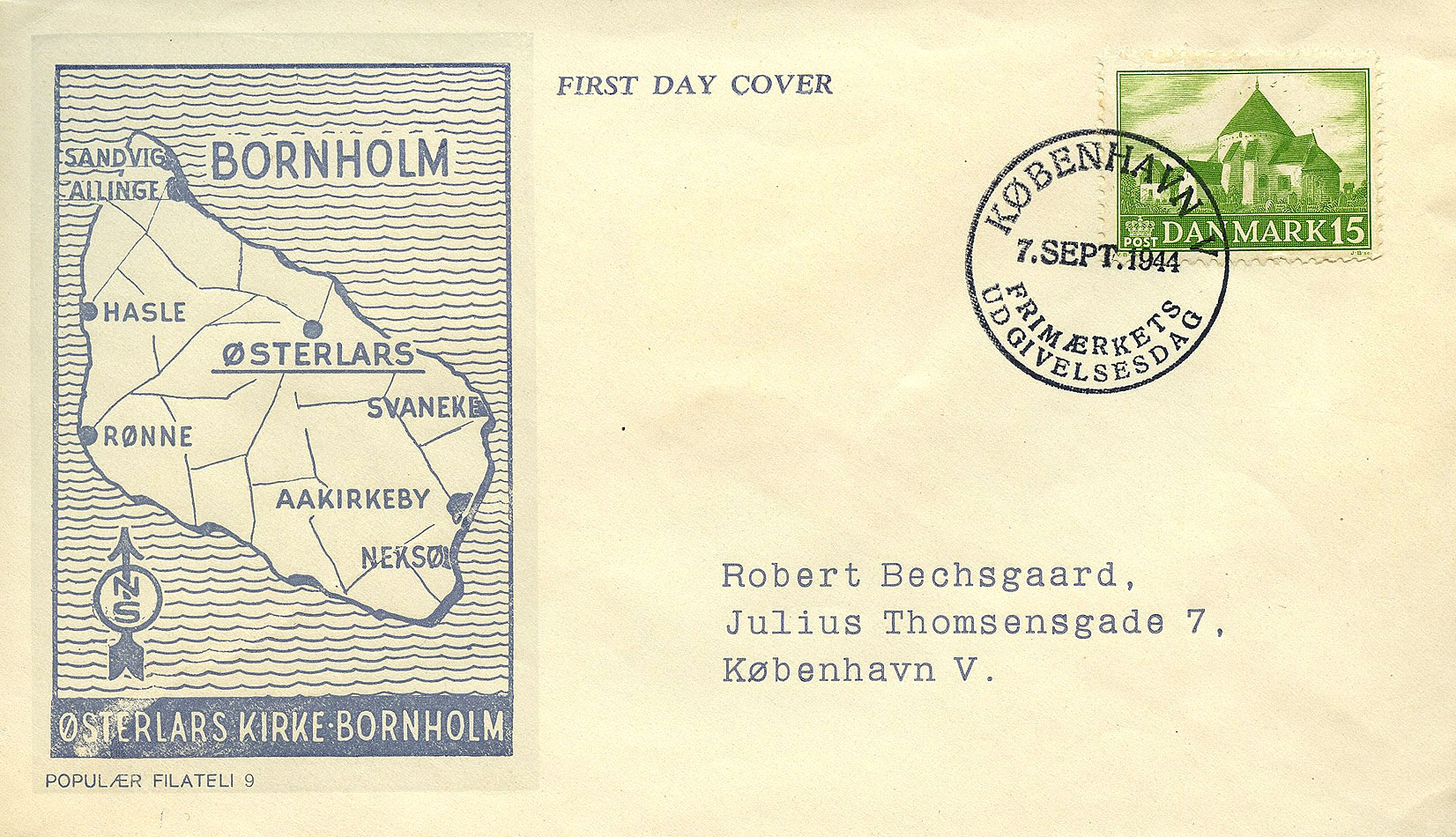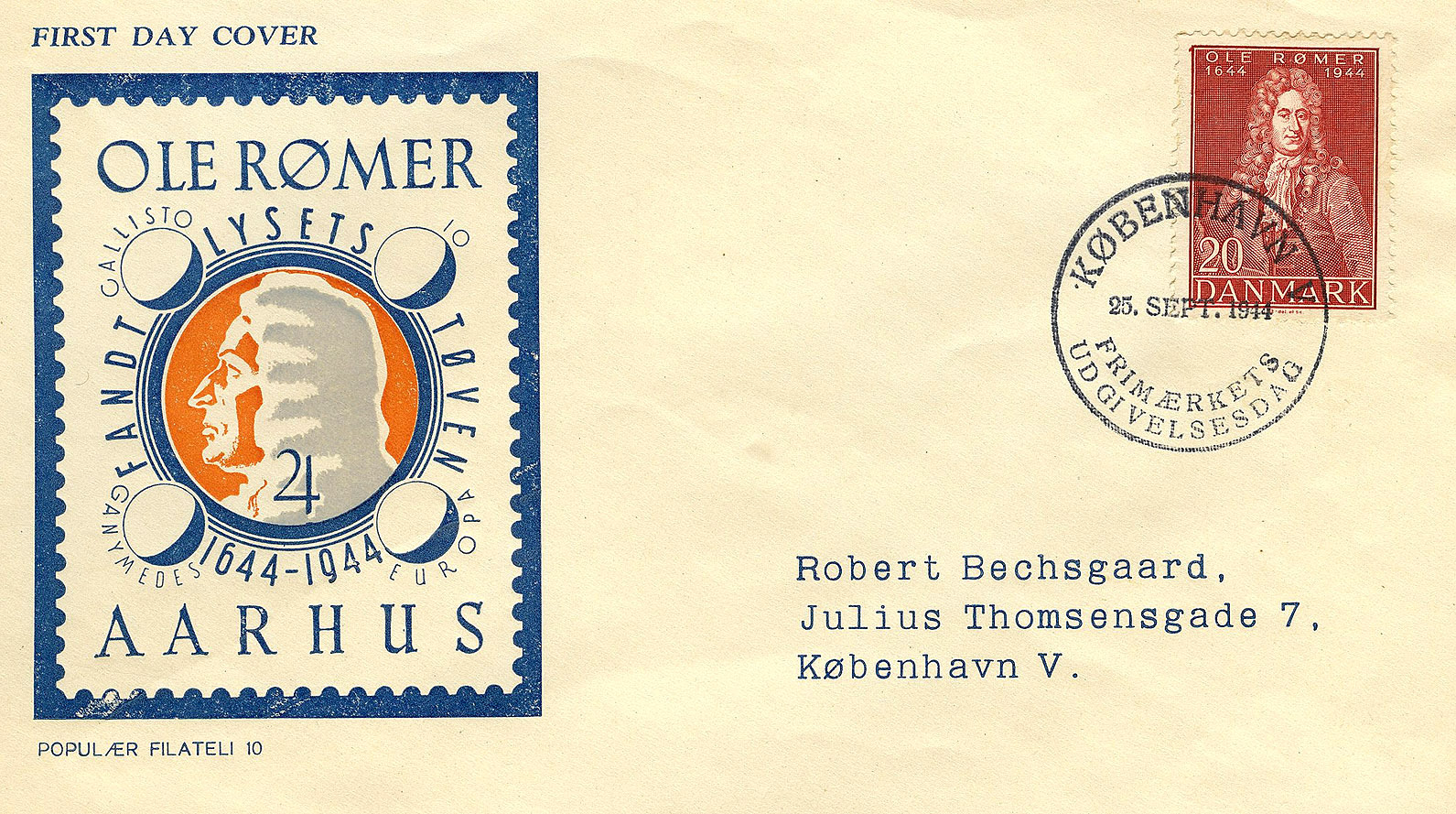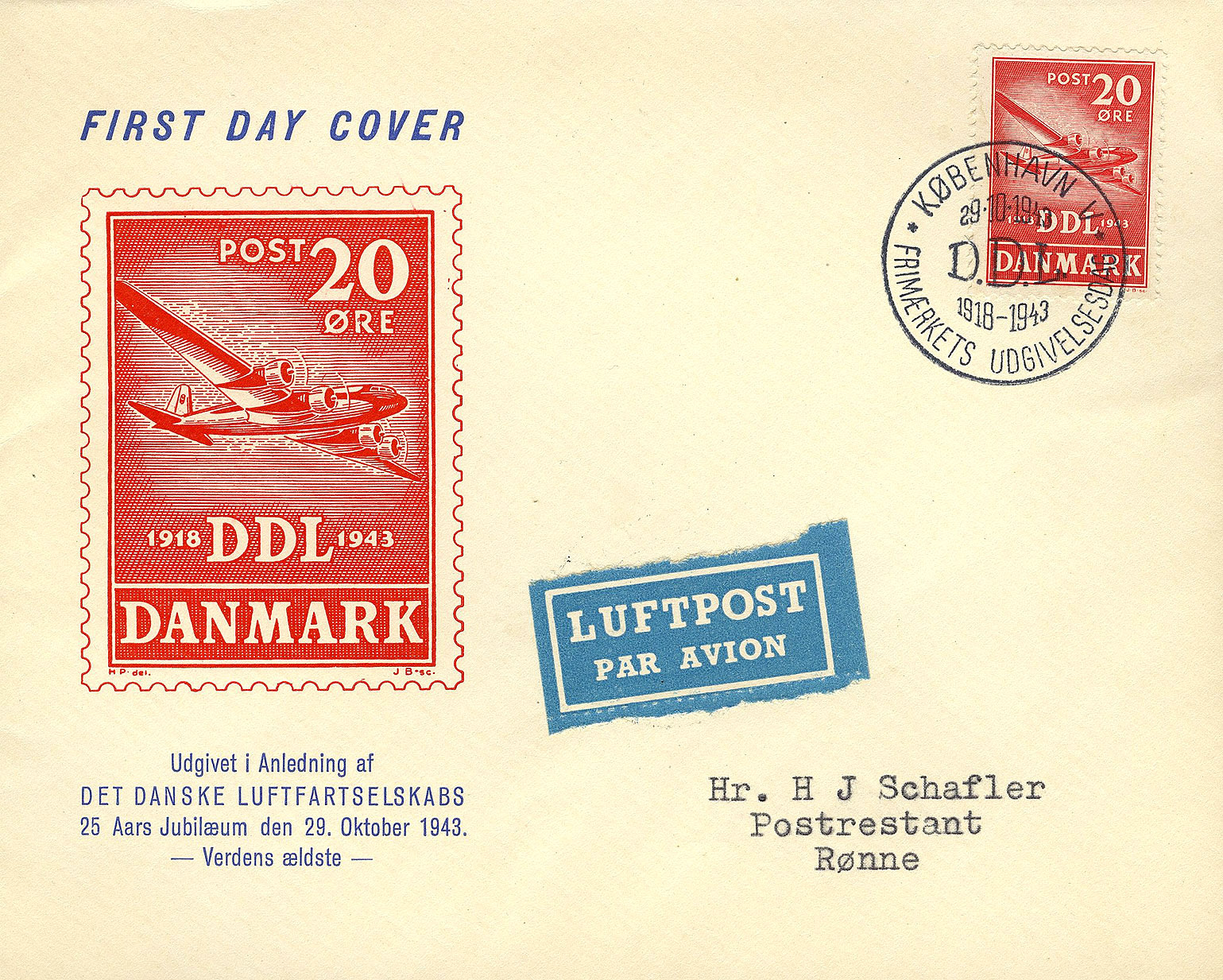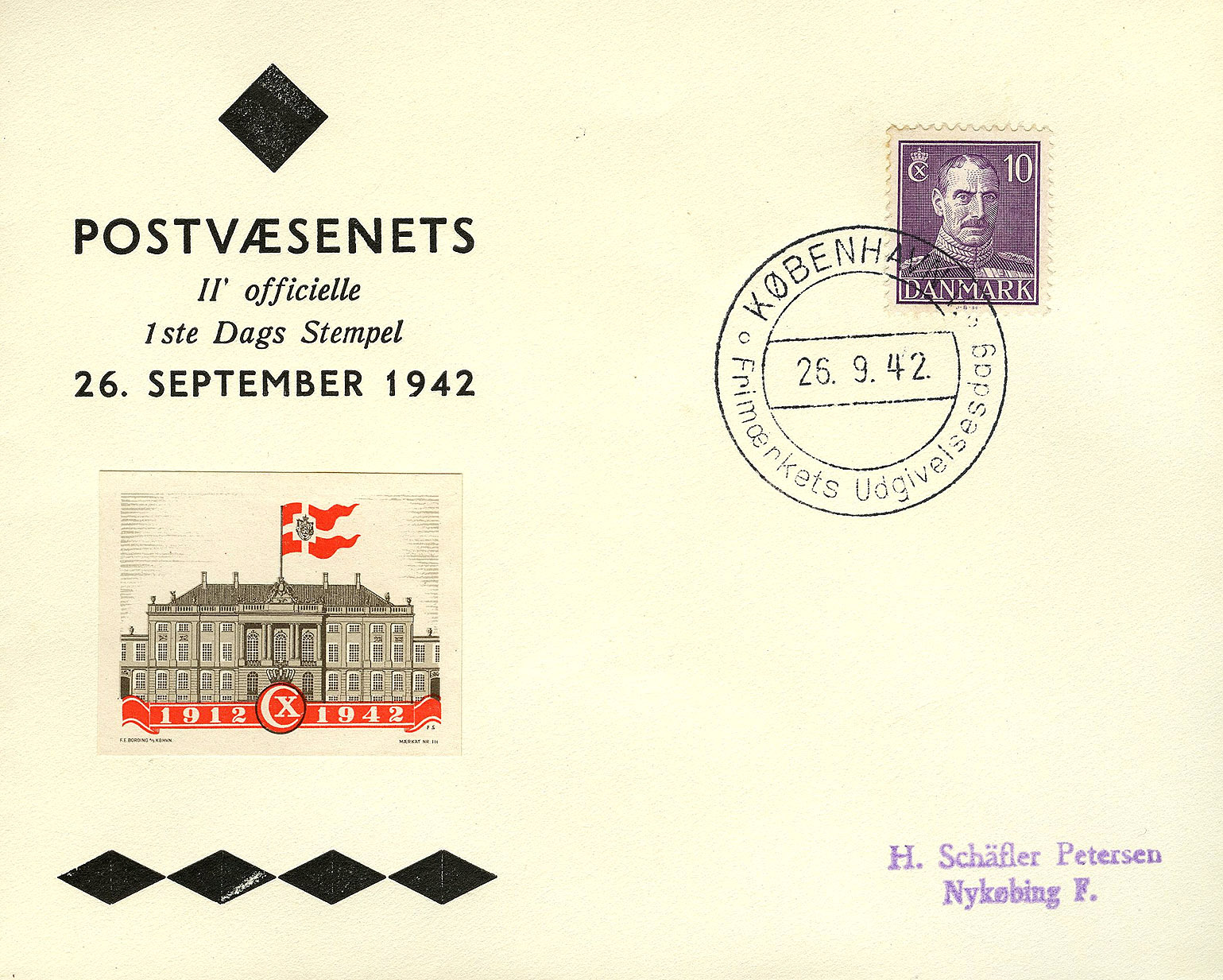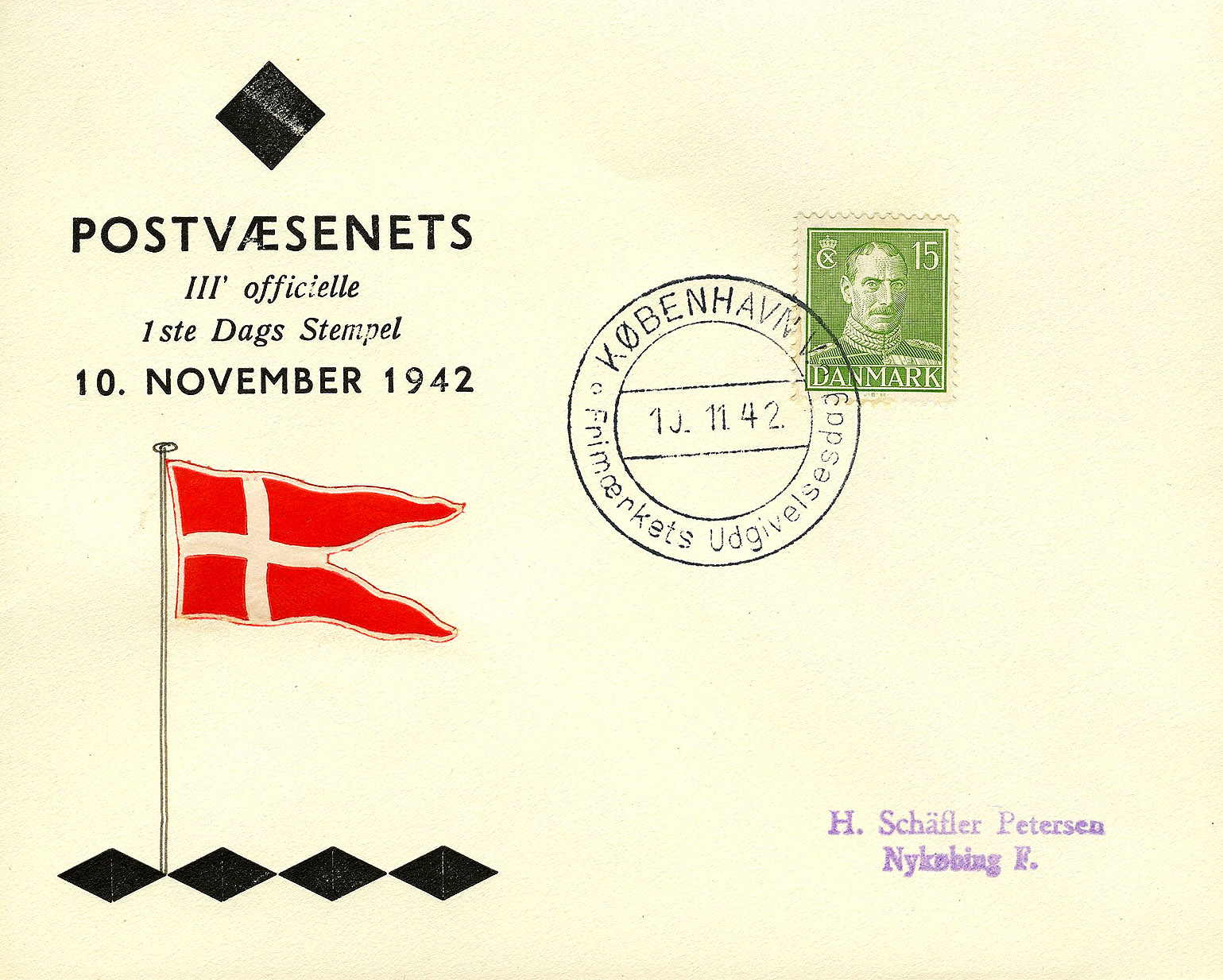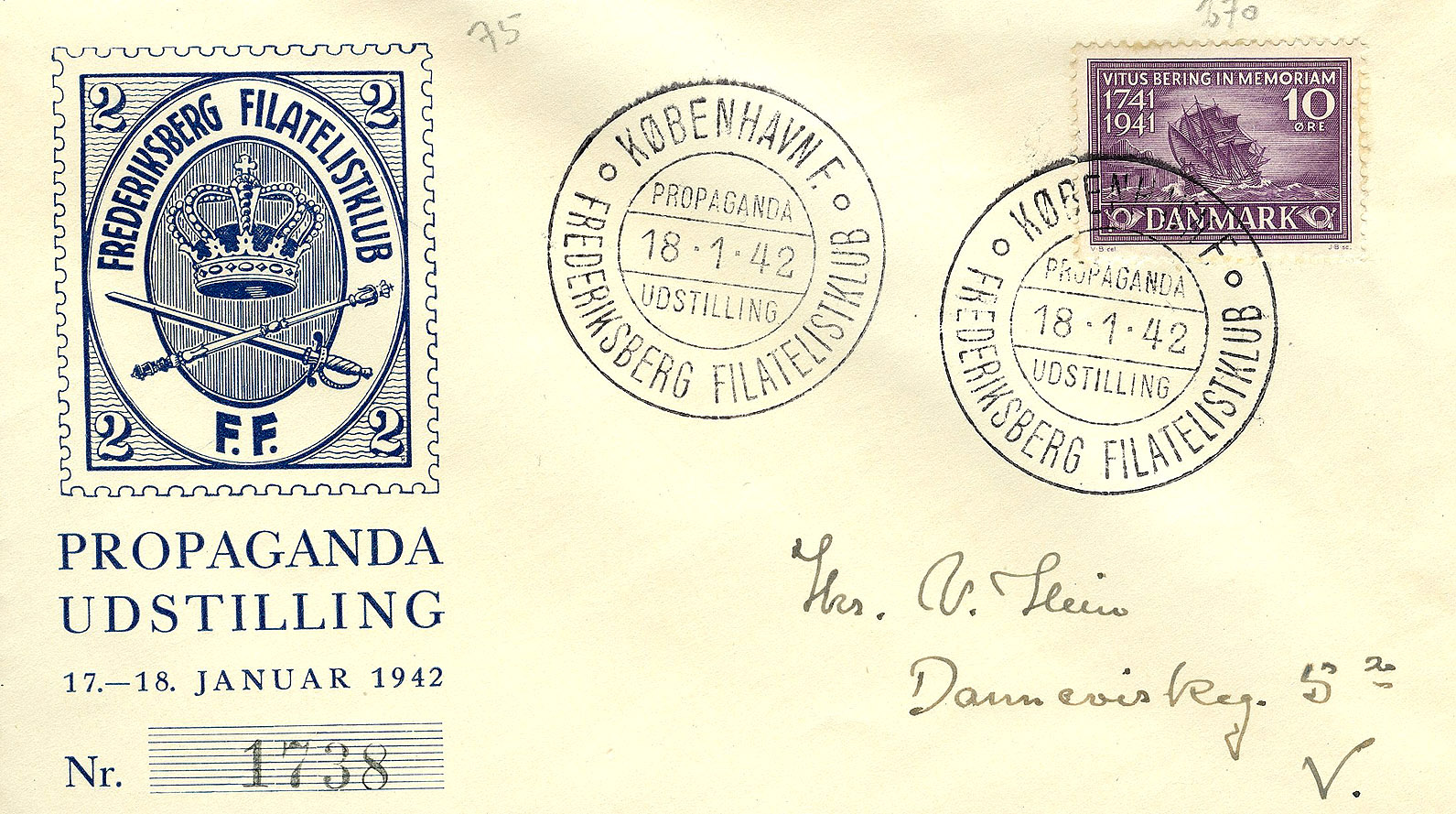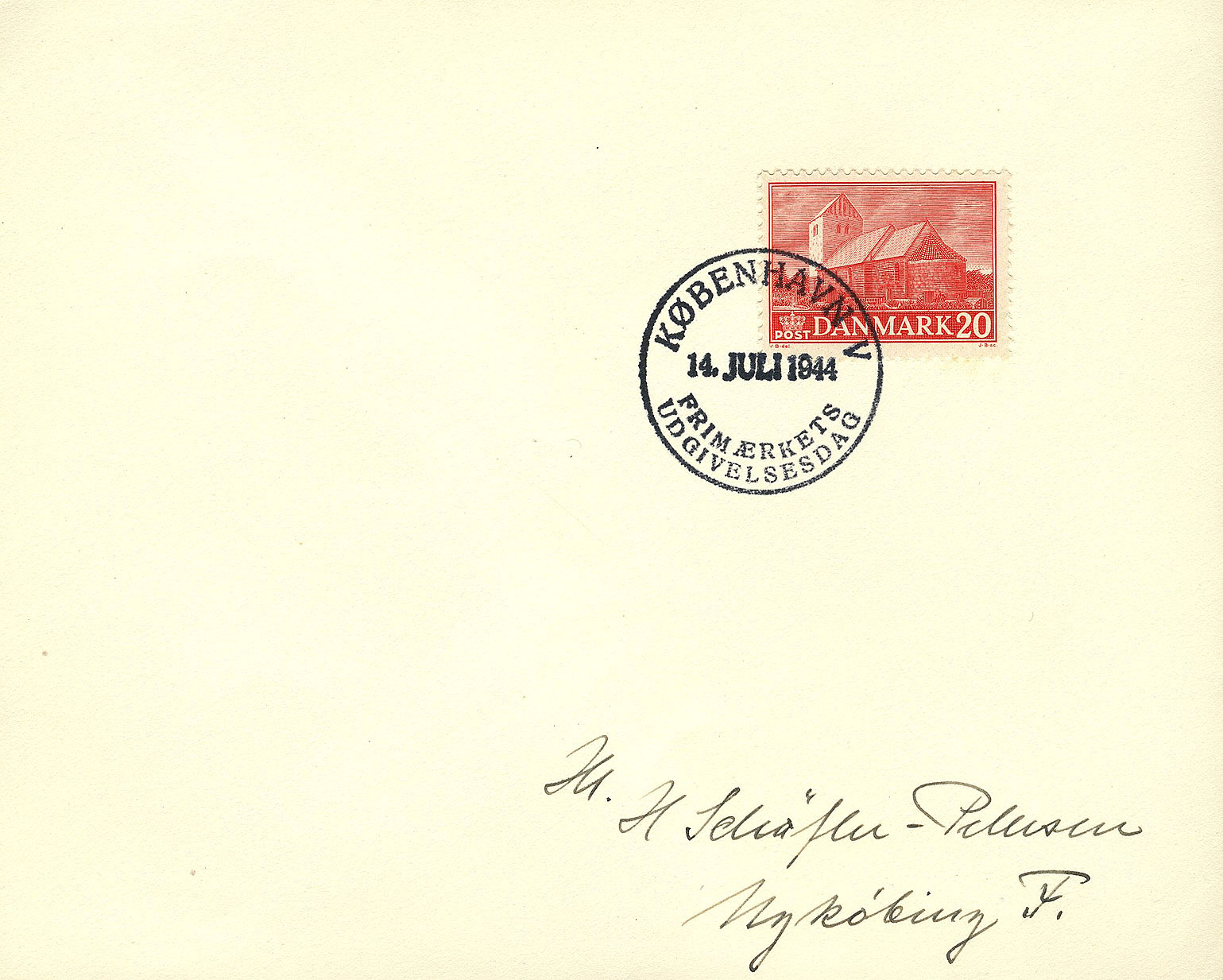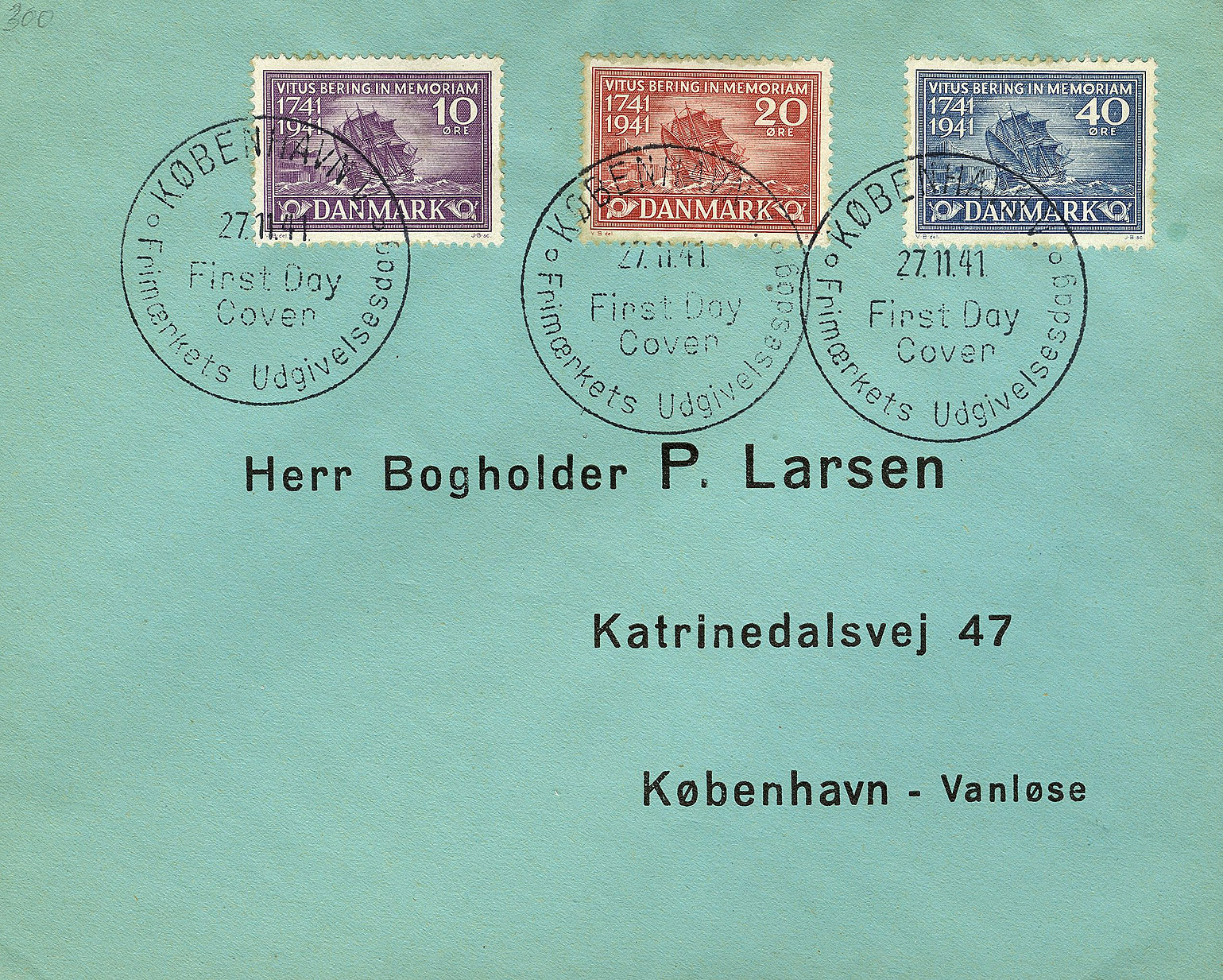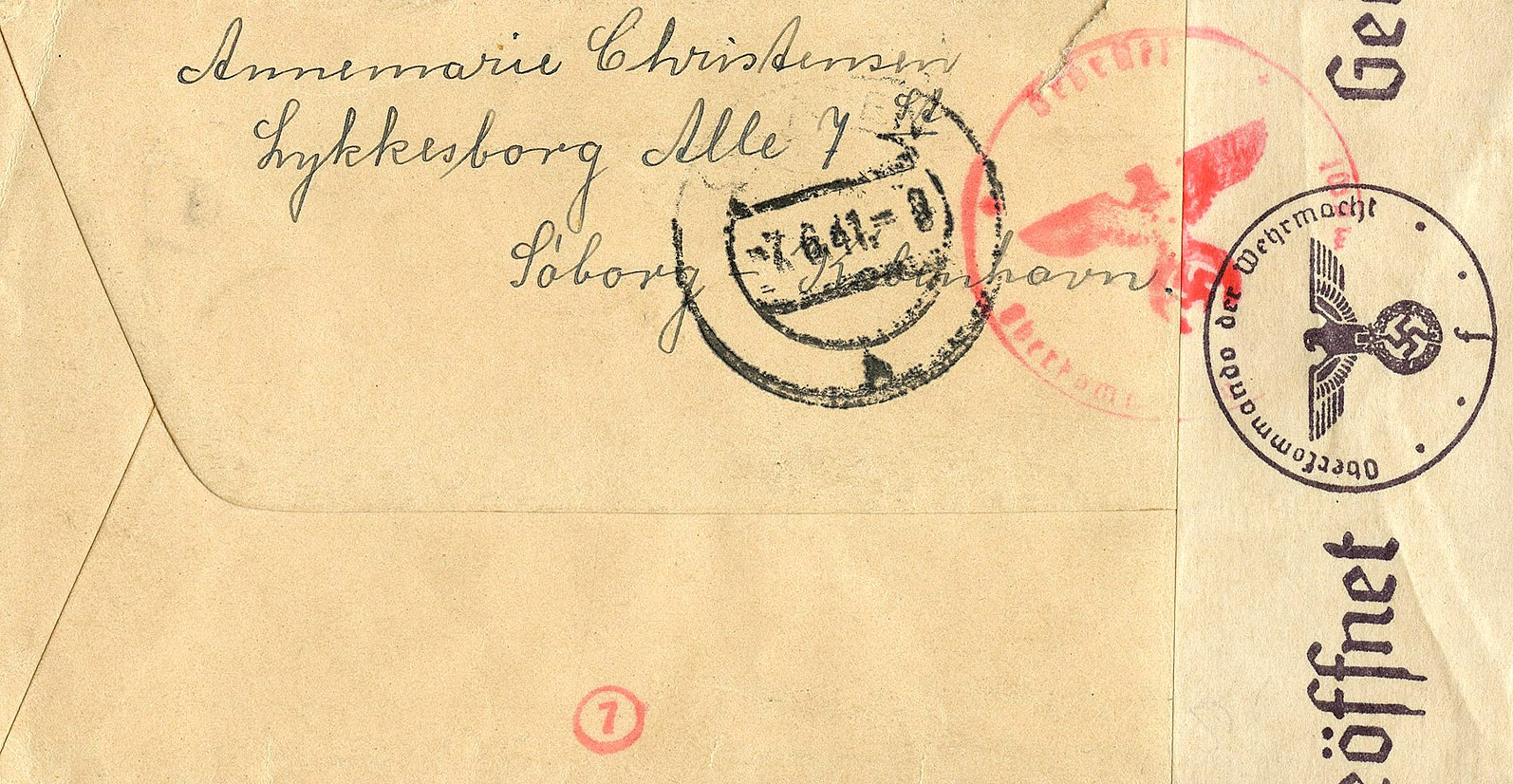[Below: Front. 10 Kroner. Circa 1943.]
[Below: Back. 10 Kroner. Circa 1943.]
First, 'First Day Cover' means, in philatelic lingo, or stamp collecting, that it is an envelope (cover) from the very first day of the issue of a stamp. Stamp collectors are obsessive about dates. A letter sent on say, the day of an invasion of the country, is more desireable, for instance.
Second, world wars are a great opportunity for stamp collectors, emergencies and occupations usual produce a wide variety of rare and collectable material.
Third, stamp collecting goes on through the world wars and occupations, as seen below.
Fourth? Well, that's enough for now. We stamp nerds have things to do.
[Below: Postcard (First Day Cover) sent September 7, 1944.]
[Below: Postcard (First Day Cover) sent September 7, 1944.]
[Below: Postcard (First Day Cover) sent September 25, 1944.]
[Below: Postcard (First Day Cover) sent October 29, 1943.]
[Below: Postcard (Official 1st Day Stamp) sent September 26, 1943.]
[Below: Postcard (Official 1st Day Stamp) sent November 10, 1942.]
[Below: Postcard ('Propaganda Exhibition') sent January 18, 1942.]
[Below: Postcard ('Frimaerkets Udgivelsesdag' seems to mean, roughly, stamp release day, so I guess this is a First Day Cover) sent July 14, 1944.]
[Below: Postcard ('Frimaerkets Udgivelsesdag'), another First Day Cover, sent January 5, 1943.]
[Below: Postcard (here we see 'Frimaerkets Udgivelsesdag' and First Day Cover), sent November, 27, 1941.]
[Below: Here is a registered Danish cover (envelope) sent June 3, 1941. Check out the censor tape on the front/back. You'll also notice strange letters or numbers stamped on these, these are the personal numbers of the censors who looked at the letter. Note that Axis and Allies both censored their mail during the war. In this case on the front you can see a 'B4' stamp and on the back a red '7' in a circle. Front.]
[Below: Reverse]
[Below: 'The Eternal Jew' Dutch poster.]
